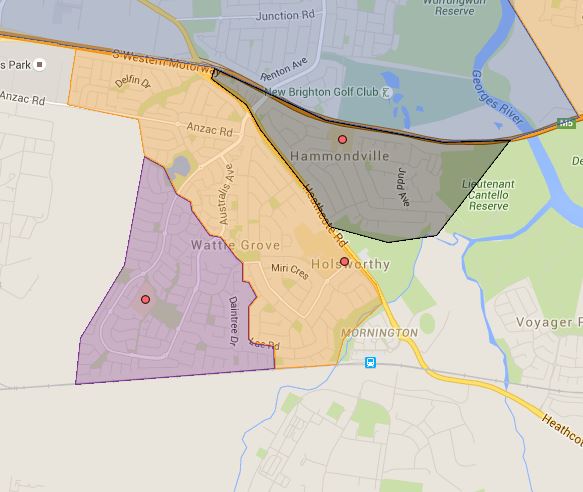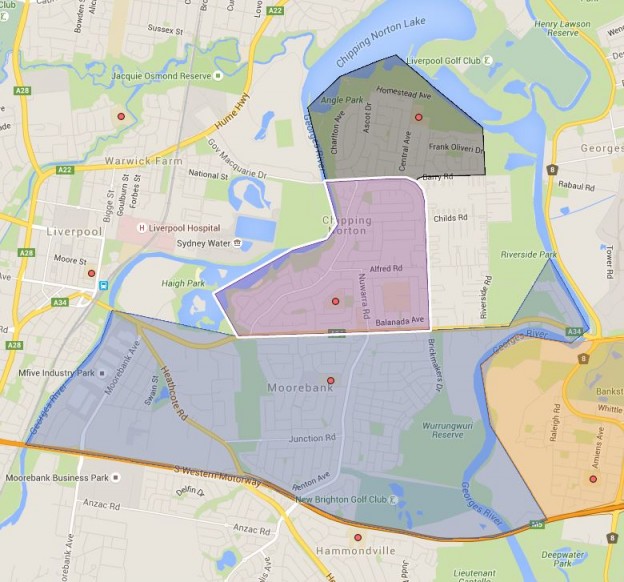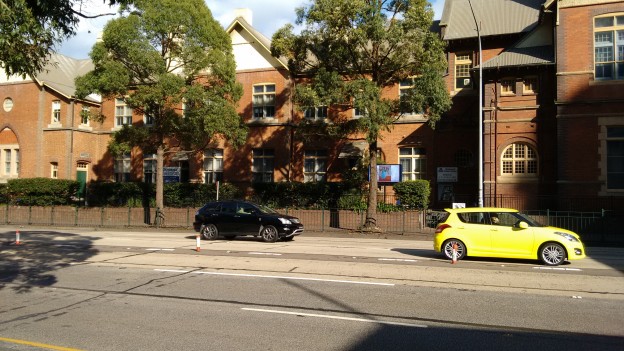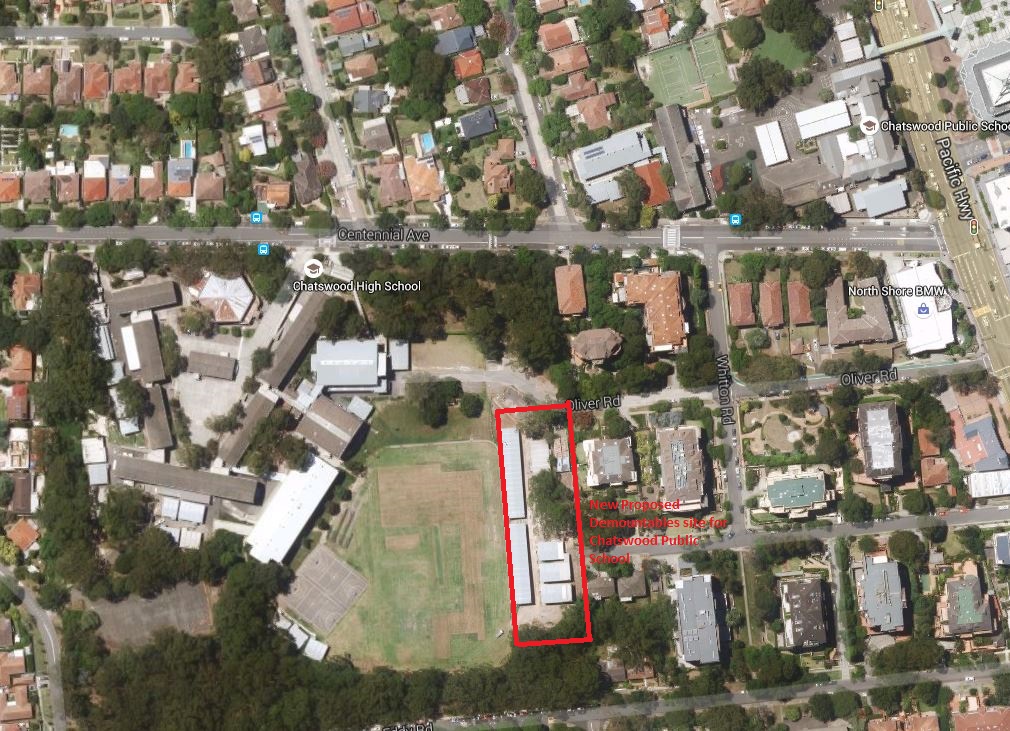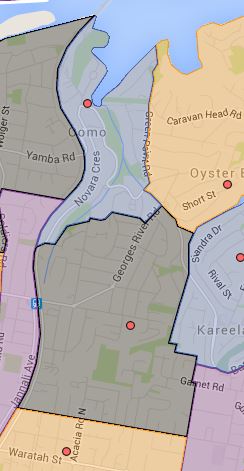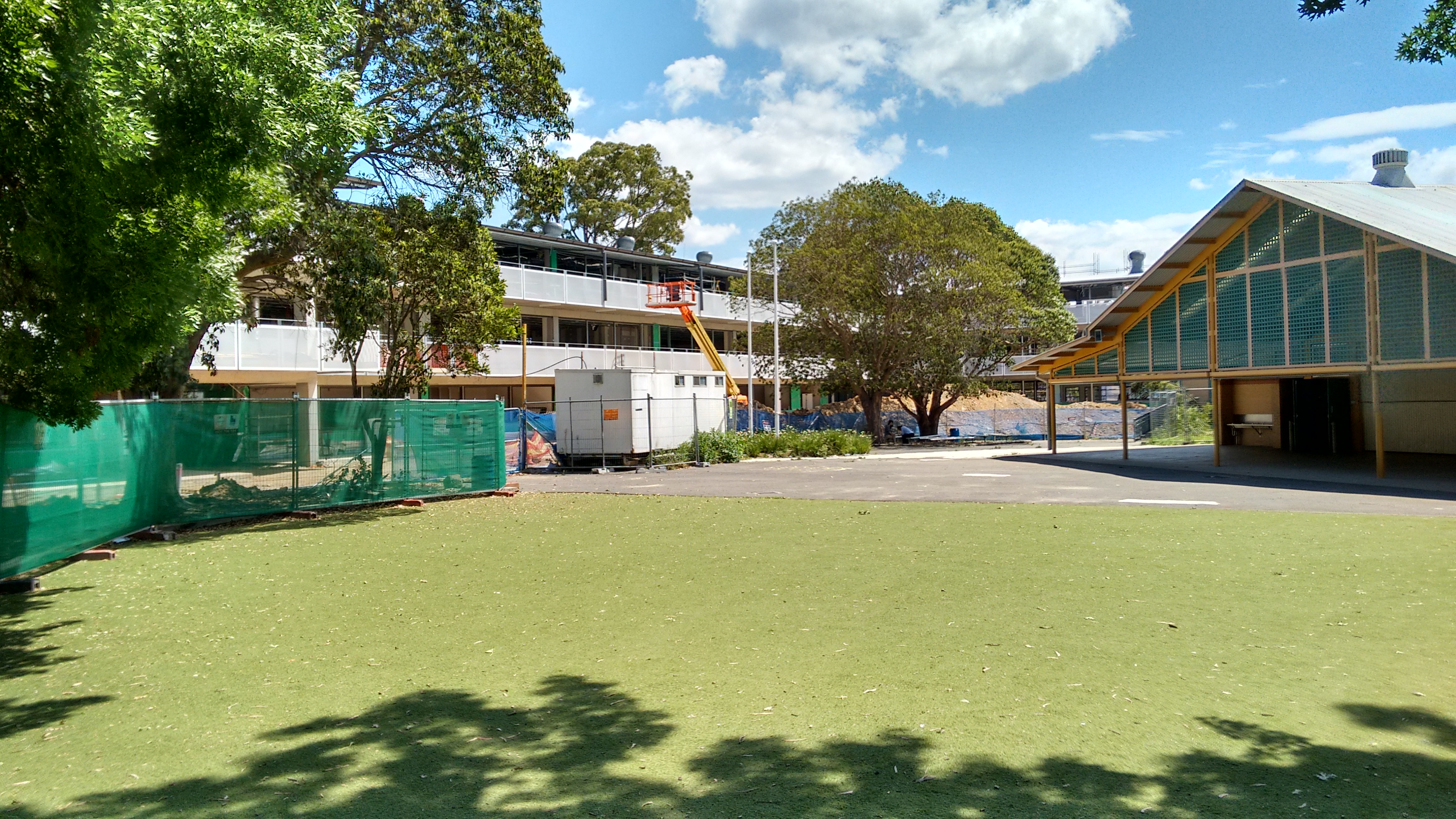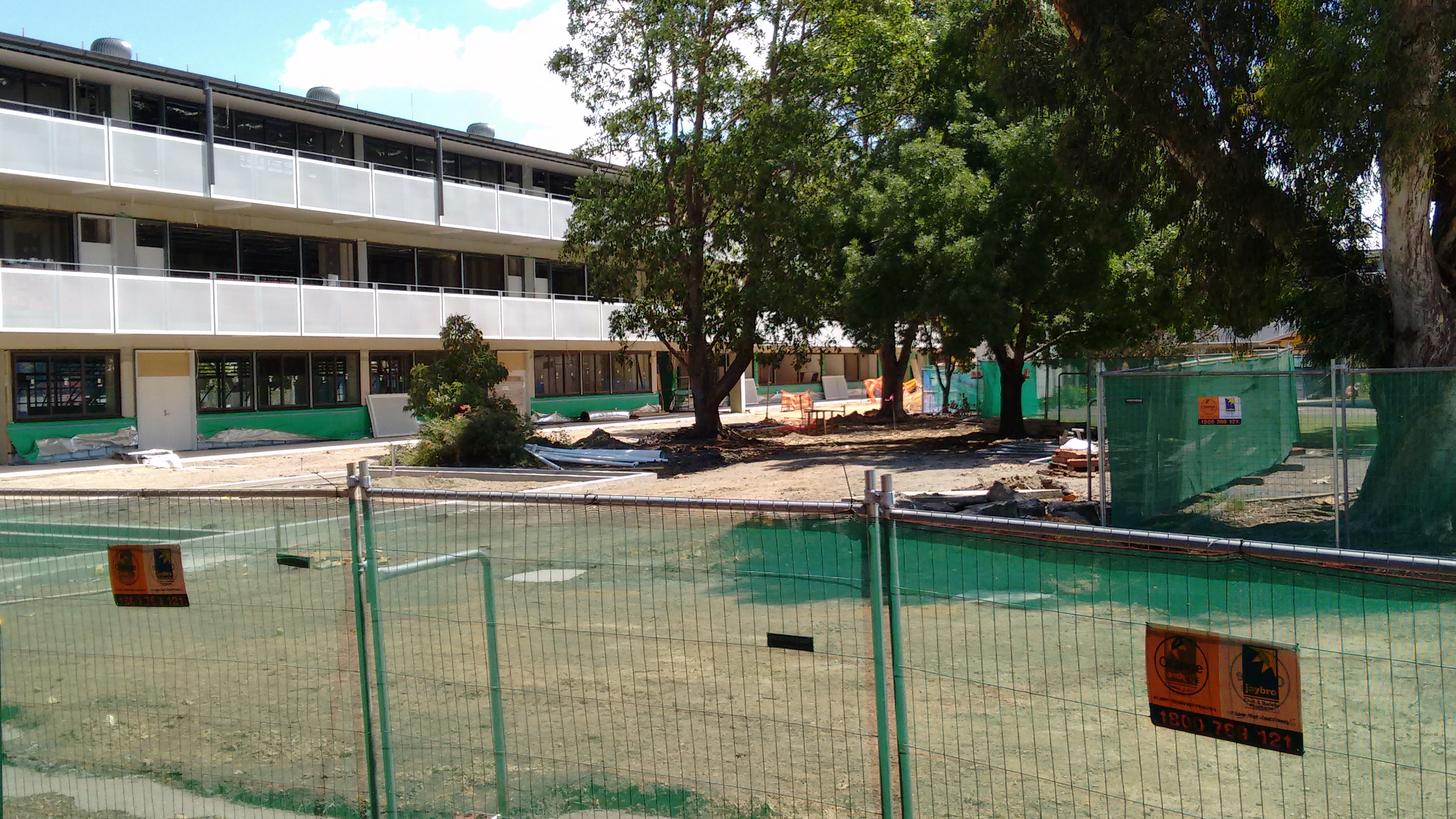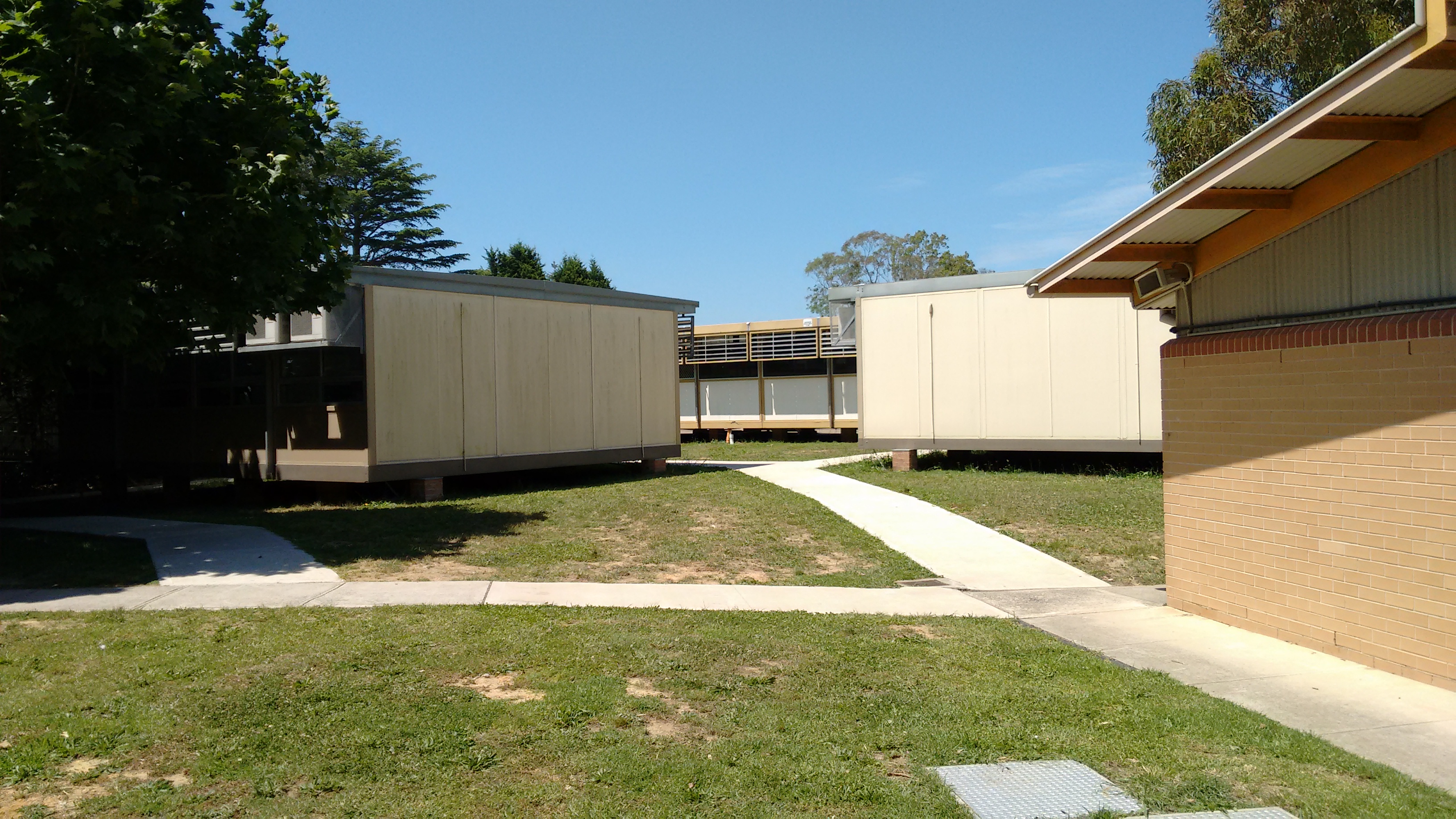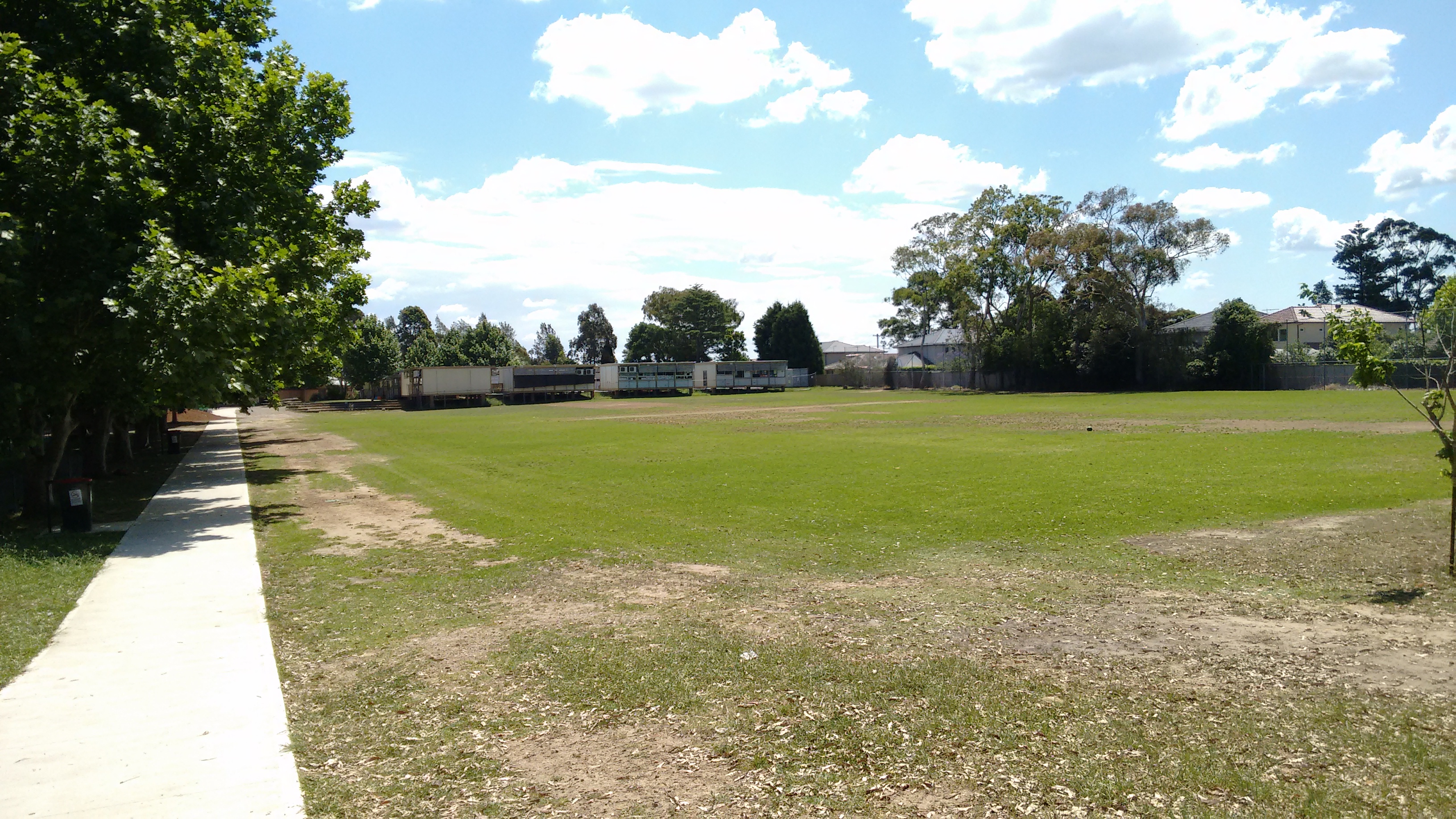Still going over the study, I have not been able to update as frequently on this as I had originally wished. I was intending to get this series out as soon as possible, but with the work and home responsibilities intensifying headings towards Christmas look like I will just have to take my time on it.
In today’s blog I will go over the introduction and early years of this excellent study. A lot of what has been said in this study really put things we already know and understand into tangible words. No idea why I get so excited reading what many probably think is a boring study, but so far I am really enjoyed the read. Why do we have and need universal education?
Universal access to early childhood, primary and secondary education, a robust system of apprenticeships and vocational education and an extensive public university sector should work to provide opportunities for all young Australians to do well, irrespective of who they are, where they live or what school they attend. #1
Education should work well for all children because it is through education that young people gain access to society and in turn contribute to helping others. If education does not work well for young people, their access to society is impaired and their capacity to contribute is diminished. #2
The strength of a system can also be measured by how well it provides for diversity in circumstances and adjusts around needs in order to help those who are struggling. #3
In the areas of mathematics, science and reading, on average, Australian students are outperforming students from many other Organisation for Economic Co-operation and Development (OECD) countries (#4). I personally also felt in general the education system is working and works well, however there are many uneven parts. Even in same city such as Sydney things are not uniform, there are significant difference in students performance. Sydney are suffering from a modern day segregation where better schools just gets better and worse performing schools rarely changes. You can almost always tell a school’s relative performance just by its geographic location in Sydney. This has a lot of long term social implications for Sydney and possibly other parts of Australia.
Early Years
This covers the point at school entry.
A substantial body of international research suggests that learners’ readiness for school at the point of transition predicts their outcomes at subsequent stages of learning (for example, McCain & Mustard, 1999). Conversely, learners who do not achieve positive outcomes in the early years are less well-equipped to take advantage of educational opportunities as they progress further through the education system. #5
Some none suprising information on who miss out on the milestones
Differences are also evident according to socio-economic status, with just over two-thirds of learners in the lowest socio-economic status quintile meeting the milestone, compared to 84.8 per cent of learners in the highest quintile. #6
Following covers who is missing out of the milestone in the early years
Differences according to Indigenous status and socio-economic status are widest in the Language and cognitive skills (school-based) and Communication skills and general knowledge domains. This is important because these domains are strongly correlated with subsequent academic achievement at school (Brinkman et al., 2013). This suggests that differences according to socio-economic status and Indigenous status have a greater effect than gender differences in determining access to educational opportunity. #7
Language background other than English has a significant but smaller effect on the chances of not meeting the milestone at the point of entry to school. #8
Engagement in early childhood education and care and school readiness
There is some really interesting data on the effect of early childhood education and care on the school readiness. I quote some the most interesting points as following.
Eearly childhood education and care (ECEC) services performing above the national standard are likely to be instrumental in achieving the high levels of school readiness evident in their communities, while lower-performing services are likely to be less effective in preparing learners for a positive start to school. At the same time, these results are evidence of a concentration of higher-quality services in more advantaged communities. When the same analysis is repeated according to community socio-economic status, rather than the level of school readiness in the community, the differences in ECEC service quality become even more pronounced. This suggests that the highest-quality ECEC services may be serving learners from more socio-economically advantaged backgrounds, while low-socio-economic status learners are served by lower-quality services, which do not deliver the support they need to achieve designated milestones in their learning. #9
By examining performance relative to schools with a similar intake, the school performance categories isolate the effects of school readiness from the effects of other socio-educational advantages within a school community. These results suggest that the proportion of learners missing out in a community has a relationship to school performance, independent of other dimensions of socio-educational advantage. This finding is supported by previous research showing a correlation between learners’ outcomes measured by the Australian Early Development Census and their subsequent academic performance at school up to Year 7 (Brinkman et al., 2013). Higher concentrations of learners who have missed out on the opportunity to become school-ready in early childhood appears to relate to poorer performance for schools at subsequent stages of learning, suggesting the beginning of a pattern of social segregation that persists throughout Australian schooling. #10
I certainly had a lot useful and interesting information to digest on for a little while. The actual reports has other breakdown and data like percentage of boys and girls who met the milestone. There are also a host of data which are very interesting even for a casual read.
